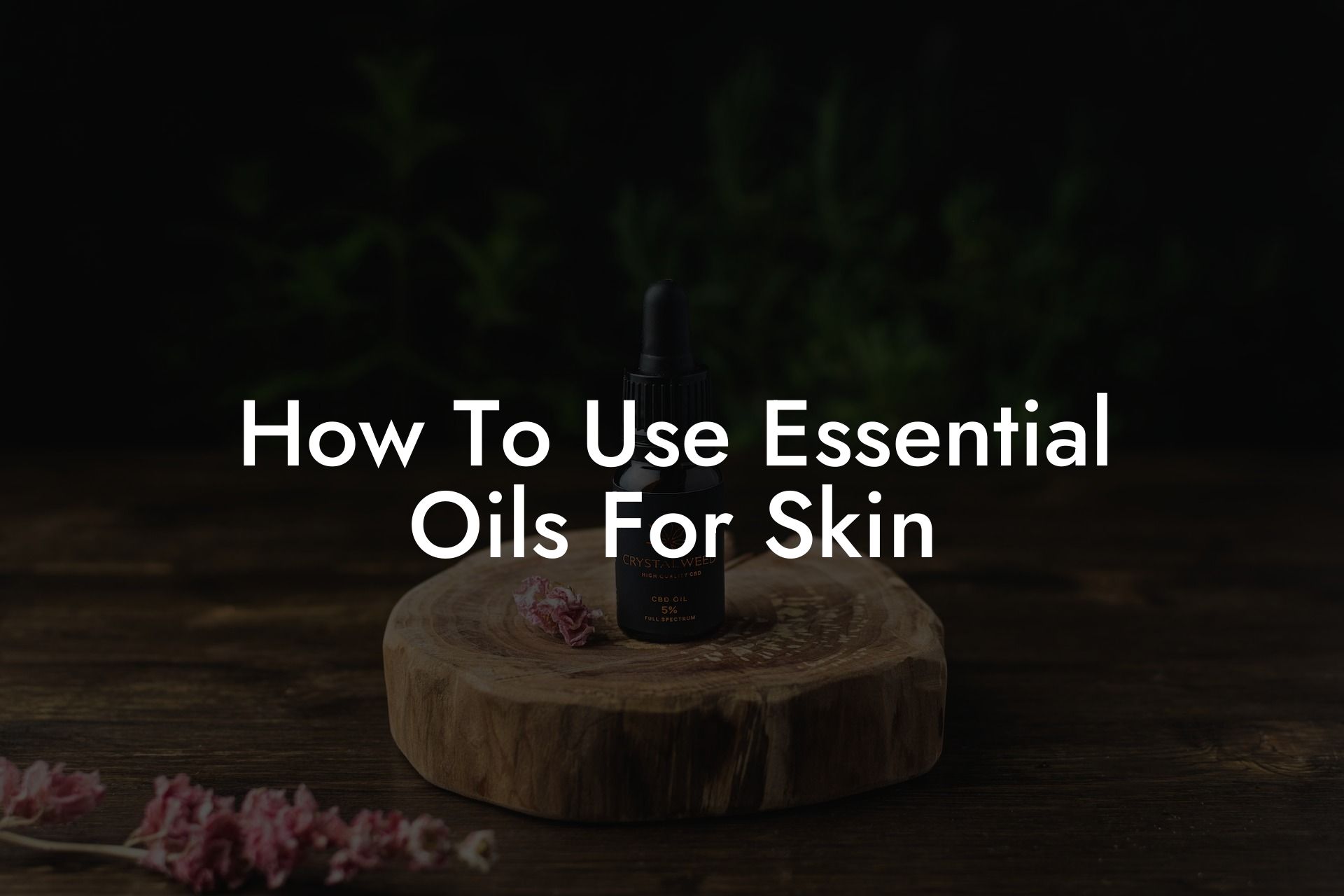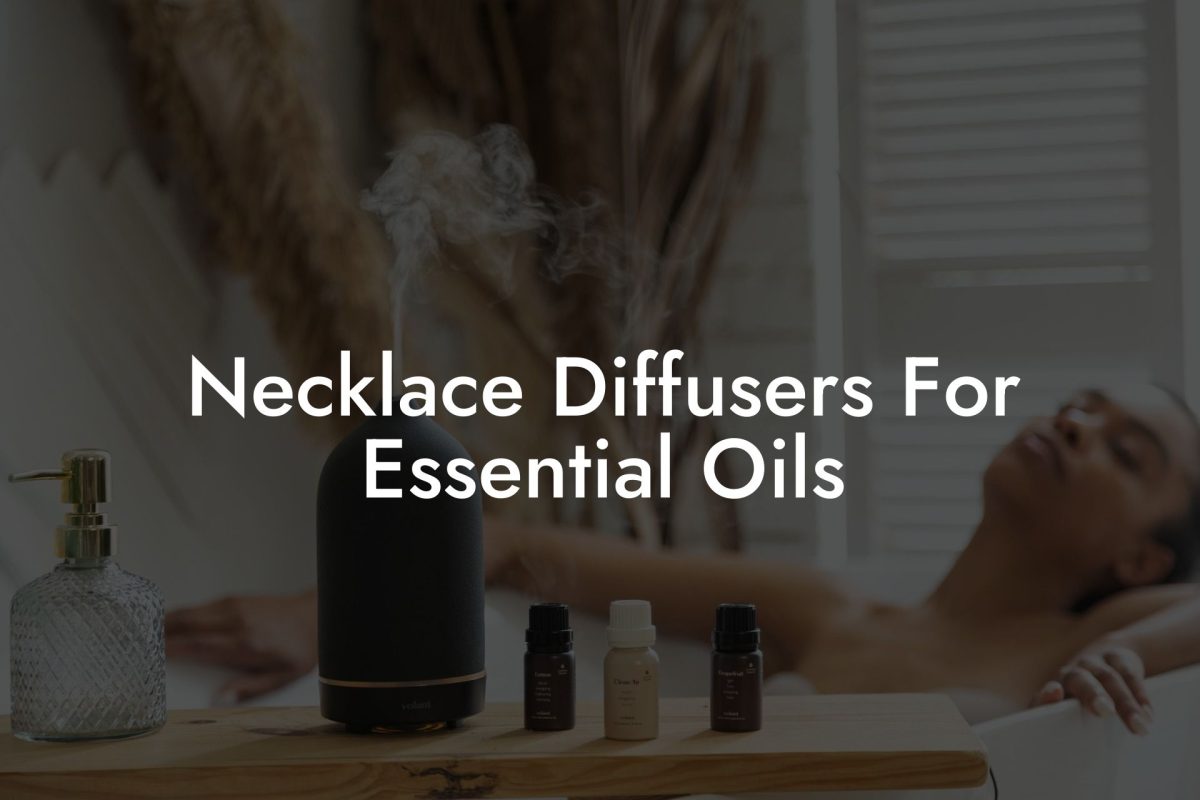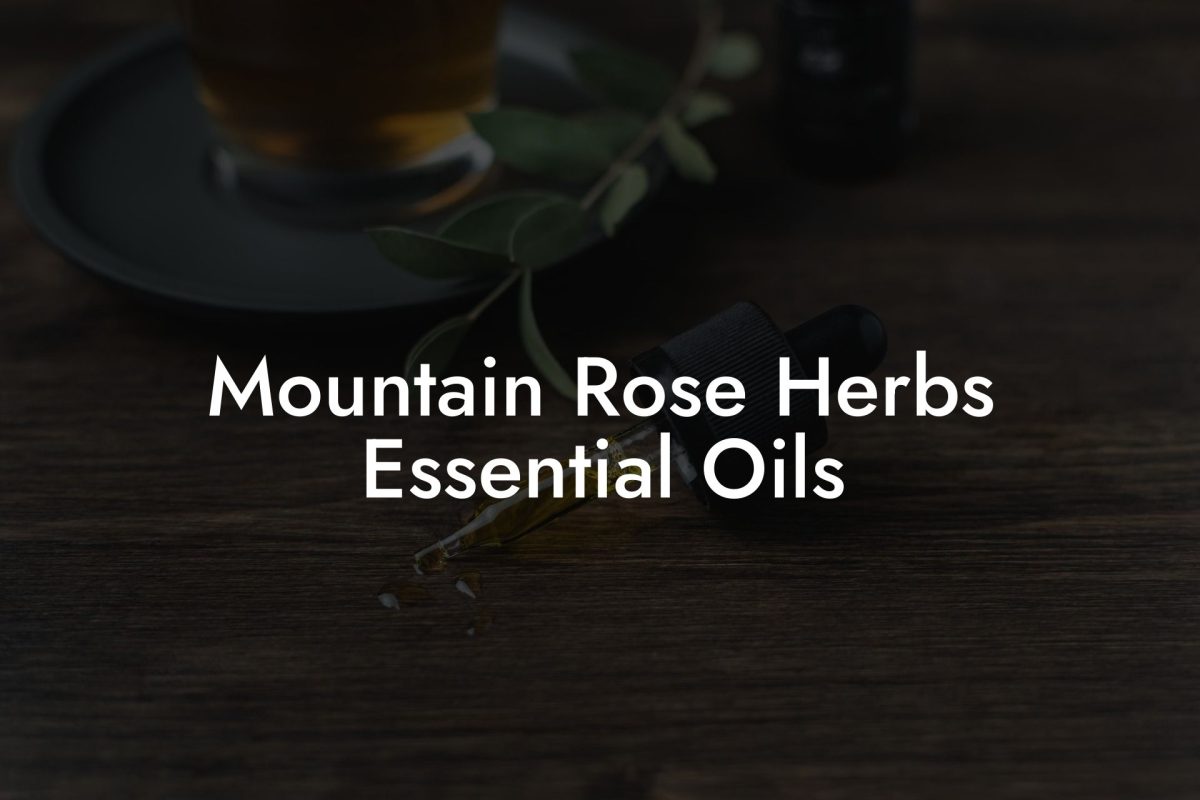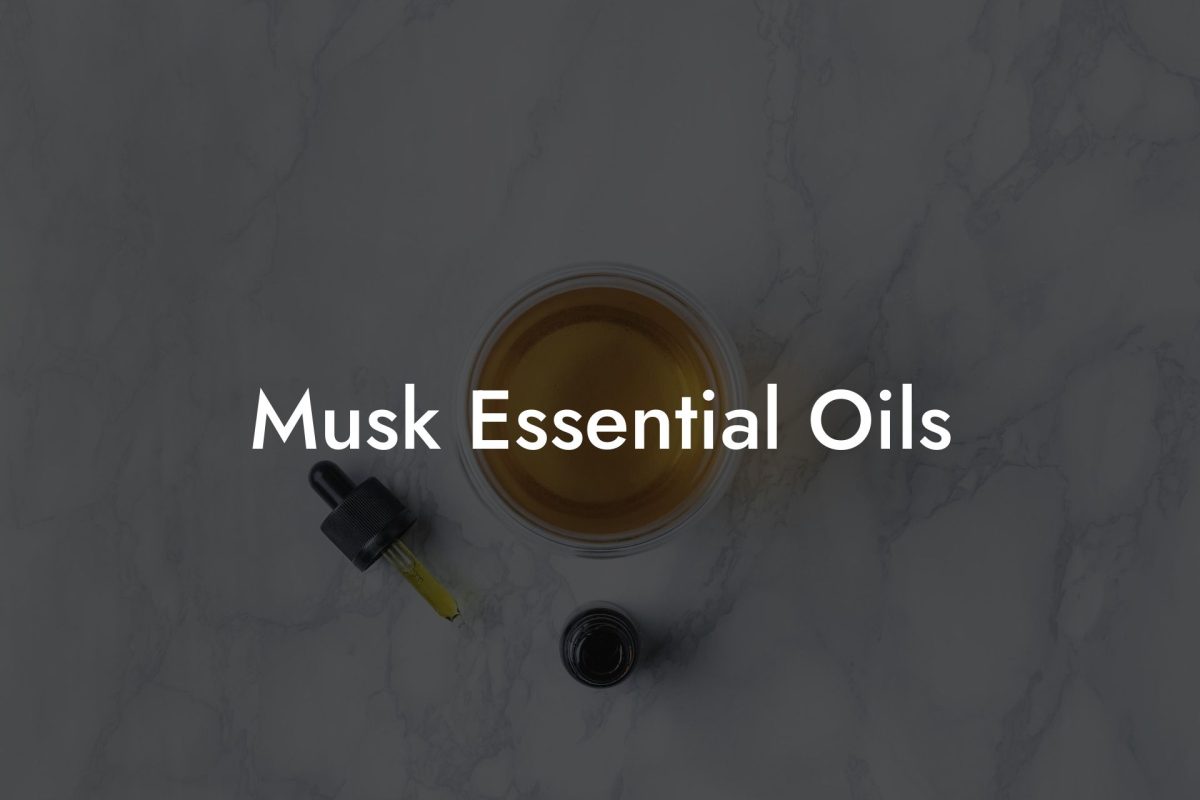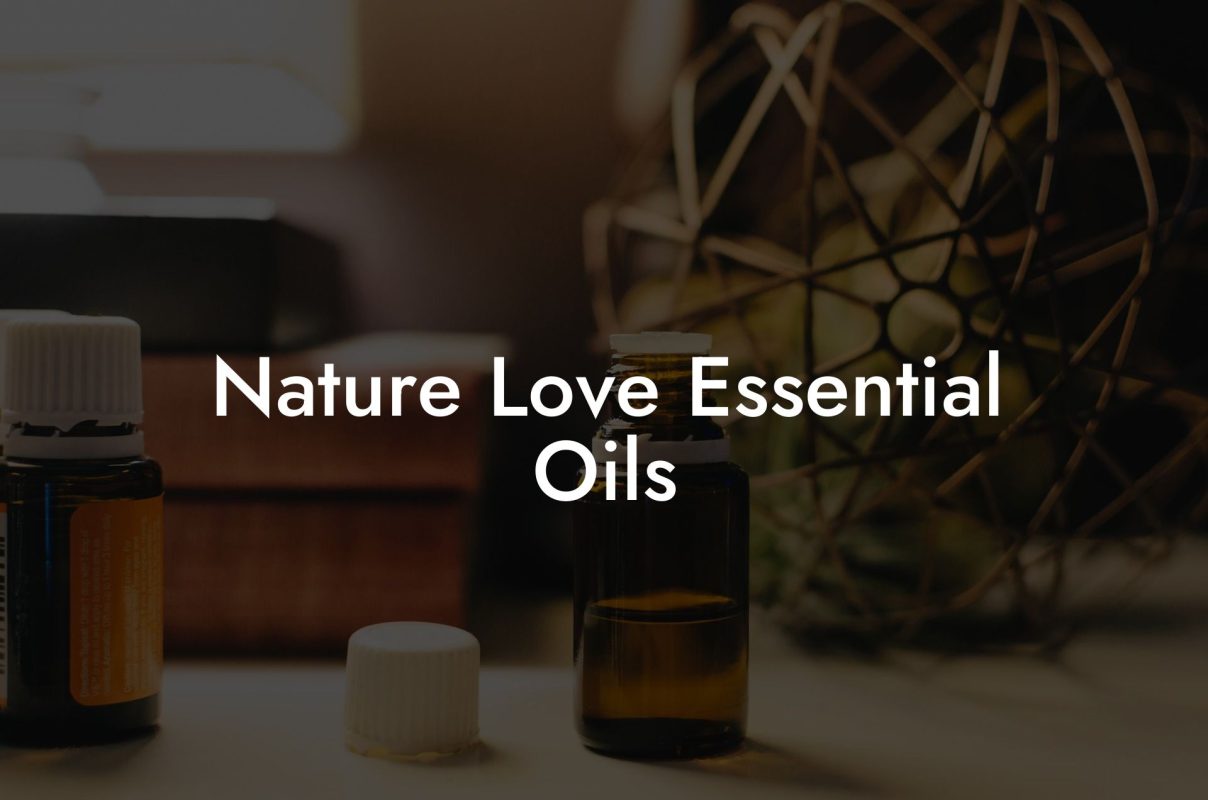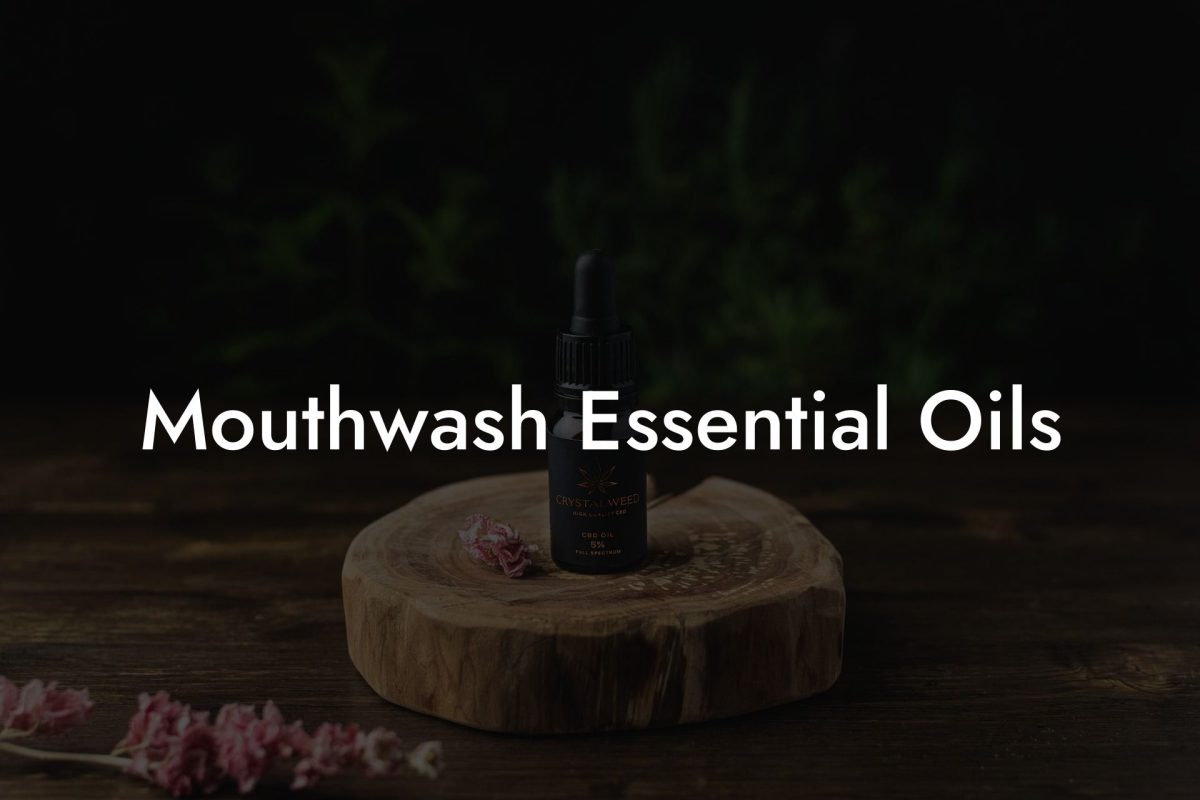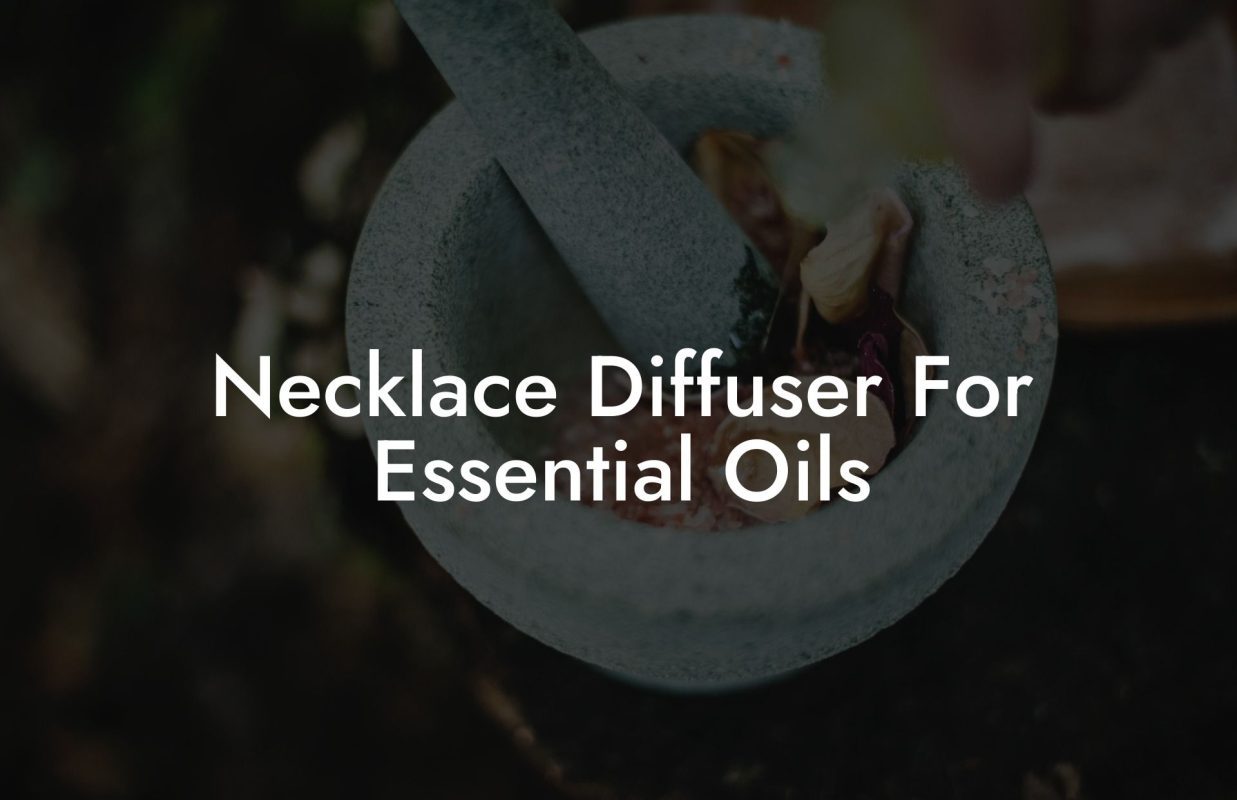Are you looking for innovative ways to achieve a healthier, more radiant complexion? Have you considered incorporating essential oils into your skincare routine? Essential oils have been used for centuries due to their various therapeutic properties, and they can serve as a great complement to your existing skincare regimen. This guide will dive into the basics of using essential oils for skin, highlighting their potential benefits, and helping you choose the right oils for your specific needs.
Table of Contents
Understanding Essential Oils and Their Properties
Essential oils are highly concentrated, volatile plant extracts that have various properties depending on the plant they come from. They can be derived from leaves, flowers, seeds, or even the bark of trees, and have been used throughout history for their therapeutic, calming, and purifying effects.
Selecting the Right Essential Oils for Your Skin Type
When choosing essential oils for skin, it’s important to consider your specific skin type and conditions, as certain oils can be more beneficial for different scenarios. Here is a breakdown of common skin types and conditions, along with the essential oils best suited for each:
1. Dry Skin
- Geranium: Helps to balance oil production and helps retain moisture
- Lavender: Hydrates and calms irritated, dry skin
- Sandalwood: Helps to repair and hydrate skin cells
2. Oily Skin
- Tea Tree: Has antibacterial properties to reduce acne-causing bacteria
- Ylang Ylang: Helps to balance oil production and minimize breakouts
- Lemon: Acts as a natural astringent to help tighten pores and reduce oiliness
3. Sensitive Skin
- Chamomile: Known for its soothing, anti-inflammatory effects
- Green tea: Packed with antioxidants and helps to reduce redness and irritation
- Jojoba: Closely resembles human sebum, making it ideal for sensitive skin types
4. Aging Skin
- Frankincense: Helps to reduce the appearance of wrinkles and fine lines
- Clary Sage: Contains antioxidants that protect the skin from aging and oxidative stress
Proper Application of Essential Oils for Skin Care
It’s crucial to understand how to correctly apply essential oils to your skin to maximize their benefits and avoid any potential irritation. Here are some essential application tips:
1. Dilute with a Carrier Oil
Essential oils should always be diluted with a carrier oil (such as almond, coconut, or jojoba oil) before applying to your skin. A common rule of thumb is to mix 1-2 drops of essential oil with a teaspoon of carrier oil.
2. Perform a Patch Test
Before using an essential oil on your face or body, always perform a patch test on a small, discreet area of skin (like the inner wrist) and wait at least 24 hours to ensure no irritation occurs.
3. Follow Proper Application Techniques
Apply essential oils to clean, dry skin using gentle, upward strokes. Avoid the delicate eye area and mucous membranes. You can also add a few drops of essential oil to your facial cleanser, moisturizer, or facial toner for easier application.
How To Use Essential Oils For Skin Example:
For example, if you have dry skin, you could create a hydrating facial serum by combining 1-2 drops of lavender oil, geranium oil, and sandalwood oil with a teaspoon of jojoba oil as your carrier oil. Remember to dilute the essential oils, perform a patch test, and apply this serum to your skin using gentle, upward motions.
Now that you understand the benefits and proper techniques for using essential oils in your skincare routine, it’s time to experiment with the best oils for your skin type and unleash your natural, radiant complexion. If you enjoyed this guide and found it informative, we encourage you to share it with others, explore more content from Oshu Oils, and experience the expertly crafted range of essential oils Oshu Oils has to offer. Your journey to healthy, glowing skin starts here!

